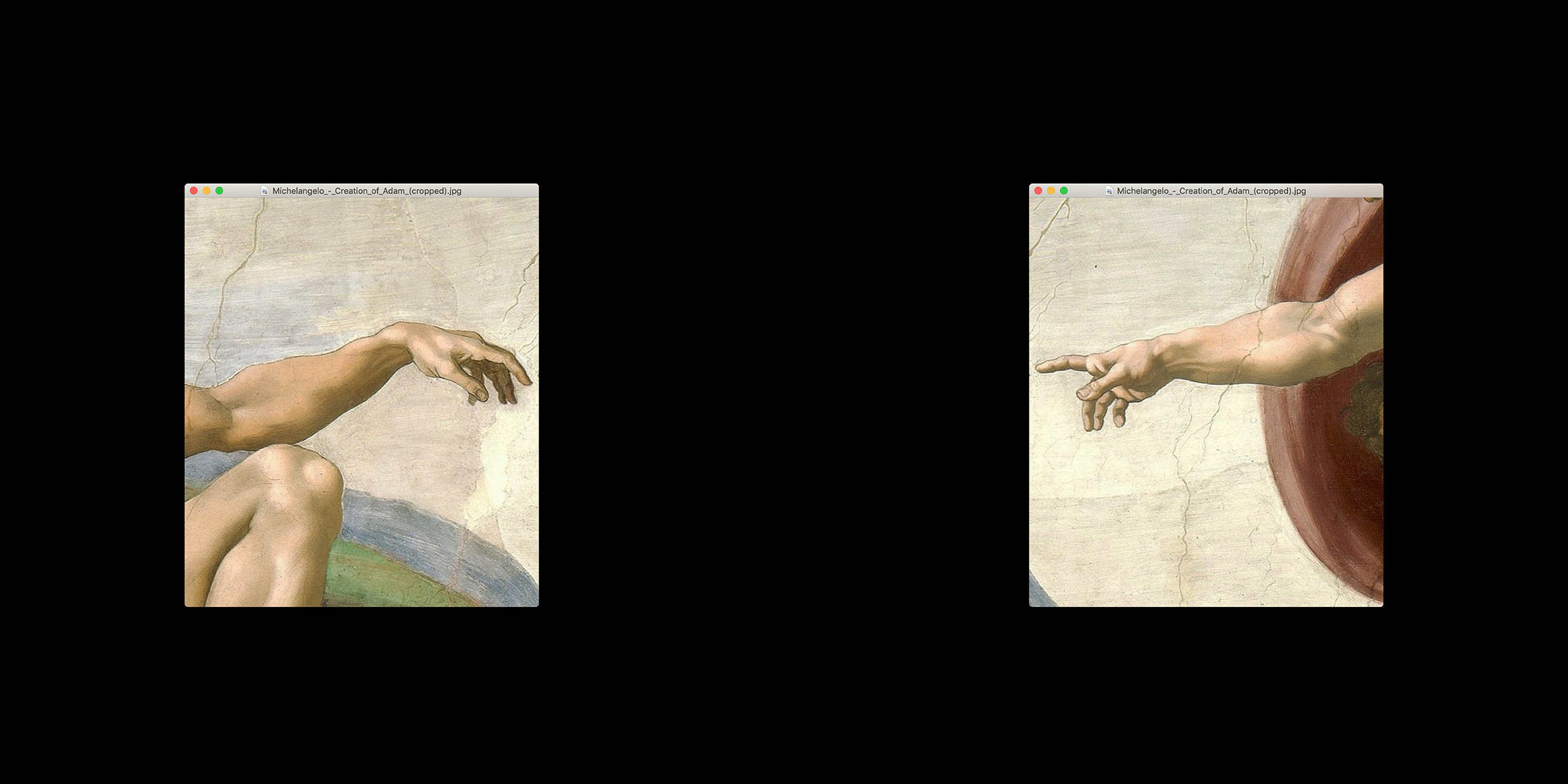Originally published 17 January 1994
Writing about genetic experimentation in the New York Times, columnist Nicholas Wade says, “The secret of life is out: There is no secret, no black box that protects the biological machinery from manipulation nor a soul undefilable in the chemist’s retort.”
The statement is shocking. There is no secret of life. Our bodies are a mess of chemicals. Our minds are electrical circuits firing like the chips of computers.
Scientists have plumbed the human machine and found no ghost, no thing that lingers when the body’s substance turns to dust.
We now understand that our genetic self is determined by a chemical code that can be read and amended. Soon, genetic engineers will be able to add or subtract features both benign and deleterious from our physical selves.
Consciousness can be turned on, turned off, altered chemically.
Memories can be jogged electrically, deleted surgically.
The soul as a thing separate from the body has been hunted to its lair. The lair is empty.
This may be the most disturbing scientific discovery of the 20th century: There is no self undefilable in the chemist’s retorts.
Most of us were raised to believe in a self that only temporarily resides in a physical frame. The self is there at the beginning, fully formed, in the fertilized egg. It survives the body’s death and lives forever. This idea of an immaterial, immortal self is among the most cherished of human beliefs. We cling to it. We desperately want it to be true.
But where do we find this disembodied self?
In the fertilized human egg there is an arm’s length of DNA, some from each parent. DNA is a molecule with the form of a spiral staircase. The treads of the staircase are pairs of chemical units called nucleotides. There are four kinds of treads — designated A‑T, T‑A, G‑C, and C‑G by biologists — altogether 3 billion steps in the human DNA, a coded recipe for making a person. Soon, biologists will have a complete step-by-step transcription of the code — and the power to change it.
Is this the self we are looking for?
What about consciousness? Machines are intelligent, and are becoming smarter every day. Already, computers mimic human intelligence with remarkable fidelity. When machine intelligence becomes functionally indistinguishable from human intelligence, will we concede that machines are conscious? Will machines have souls?
Chimpanzees can be taught the use of language and mathematical abstraction. Do chimps have souls?
Memories? Neurobiologists have convincingly demonstrated that memories are webs of electrochemical connections in the brain.
Where then resides the soul? We are hardware and software. We are thinking meat. We are earth, air and water made conscious. The self comes into existence slowly as cells divide, multiply and specialize, guided by the DNA, organized by experience. When the organization of cells disintegrates, the self is gone.
We resist. We assert belief in a self that is more than the mere sum of its parts. If to have a soul means anything at all, it means to be confident in our specialness, our uniqueness, our individual significance in the cosmos. It means to believe that the human self is undefilable and capable of ennobling the universe.
But we shouldn’t go looking for the soul in the remaining niches of scientific ignorance. Niches have a way of becoming filled. This much is certain: We will learn more and more about the biological bases of life and consciousness.
Every person will respond to the new scientific knowledge of self in his or her own way. The sum of those responses will define our culture.
If our culture is not to be divided against itself, philosophers, theologians, poets, and scientists must face the challenge of defining the self in a way that is consistent with science, respectful of religious traditions, and elevating of the human spirit.
I look at the trillions of interacting cells that are my body, the webs of flickering neurons that are my consciousness, and I see a self vastly more majestic than the paltry little soul illustrated in my grade-school catechism as a circle besmirched with sin. The more I learn about the machinery of life and consciousness, the more profoundly miraculous the self seems.
As St. Augustine said, “There is but one miracle, and that miracle is creation.” The secret of life is life itself.
The Judeo-Christian Scriptures tell us that God created the first man and woman out of the slime of the earth, breathed life into those creatures, and pronounced his creation good. The myth is consistent with our current understanding of the nature of life. According to the best scientific theories, we are literally animated slime. Now we must re-learn to think ourselves “good.”



